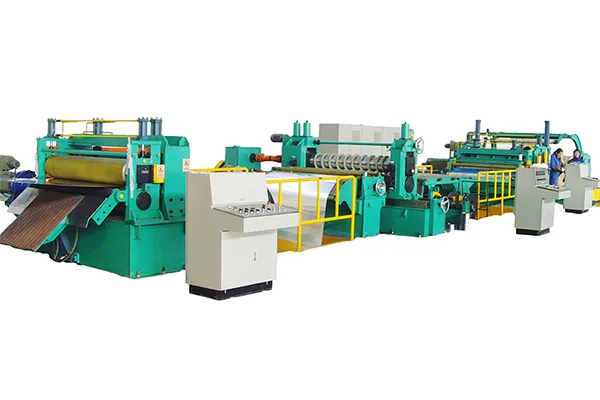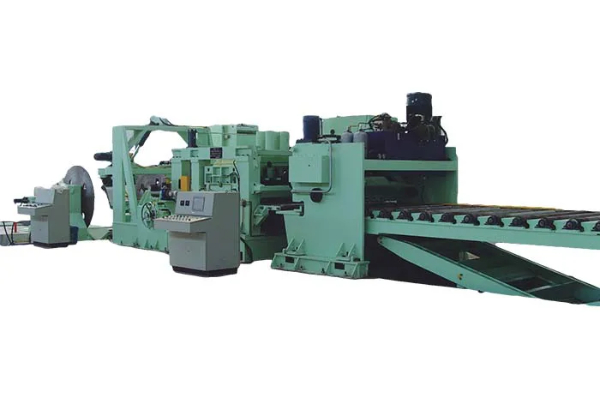
Setting Up a Metal Plate Rolling Workshop- Essentials
- By:Metmac
- 2024-07-26
- 209
In the realm of metalworking, the mighty metal plate roller stands tall as a formidable force, capable of bending sheets of steel into submission. Embarking on the journey to establish a metal plate rolling workshop requires meticulous planning and a comprehensive understanding of the essentials. Here’s a guide to navigate the uncharted waters:
1. Choosing the Right Machine
Selecting the ideal metal plate roller is paramount. Consider factors such as capacity, material thickness, and curvature requirements. Manual rollers are economical for small-scale operations, while hydraulic and electric models offer increased power and efficiency.
2. Safety First
Safety should always be the top priority in a metal plate rolling environment. Wear proper personal protective equipment, including safety glasses, gloves, and hearing protection. Establish clear safety procedures and train operators thoroughly.
3. Preparing the Sheet
Before rolling, ensure that the metal plate is clean, free of debris, and properly lubricated. The lubrication will reduce friction and prevent the plate from warping or cracking.
4. Operating the Roller
Position the metal plate correctly between the upper and lower rollers. Apply gradual pressure to avoid overloading the machine. Monitor the bending process closely to prevent overbending or underbending.
5. Measuring and Ensuring Accuracy
Use precise measuring tools to ensure that the rolled plate meets the desired dimensions. Check the curvature, length, and width thoroughly. It’s essential to invest in high-quality measuring equipment for accurate results.
6. Finishing and Polishing
After rolling, the metal plate may require additional finishing and polishing to achieve the desired surface finish. Grinding or sanding can remove scratches or imperfections, while polishing can enhance the plate’s aesthetic appeal.
7. Maintenance and Care
Regular maintenance and care are crucial to extend the life of your metal plate roller. Regularly lubricate moving parts, check for any signs of wear or damage, and schedule periodic inspections to ensure optimal performance.
Setting up a metal plate rolling workshop is an exciting endeavor that requires careful consideration and adherence to established guidelines. By mastering these essentials, you can establish a thriving operation that bends metal with precision and efficiency. Prepare to witness the bending of steel and the realization of your metalworking dreams!
-
Mastering Form and Force: A Guide to Modern Metal Plate Bending Machines
2025/12/16 -
Demystifying Sheet Metal Laser Cutting Machine Price: The METMAC Value Perspective
2025/12/16 -
Metal Sheet Machinery: The Engine of Modern Fabrication and the METMAC Advantage
2025/12/16 -
Beyond the Bend: The Power and Precision of the Modern Sheet Profile Machine
2025/12/16
-
Advanced Sheet Metal Rolling, Laser Cutting, and Folding Machines for Precision Fabrication
2025/10/31 -
High-Performance Sheet Metal Bending and Cutting Machines for Modern Fabrication
2025/10/31 -
High-Quality Sheet Metal Equipment for Sale: Efficient Solutions for Modern Manufacturing
2025/10/31 -
High-Performance Sheet Metal Equipment for Sale: Forming and Shearing Solutions for Modern Fabrication
2025/10/22
-
A Guide to the Latest Innovations in Sheet Metal Folding Machines
2024/11/29 -
Key Features to Consider When Investing in a Sheet Metal Folding Machine
2024/11/28 -
Enhancing Precision with Advanced Sheet Metal Folding Machines
2024/11/27 -
How to Choose the Right Sheet Metal Folding Machine for Your Workshop
2024/11/26







